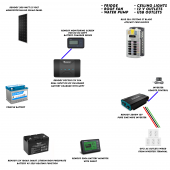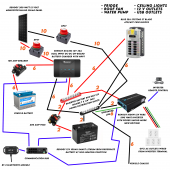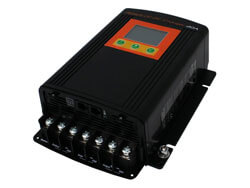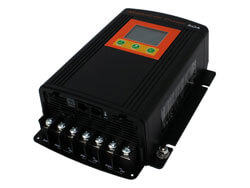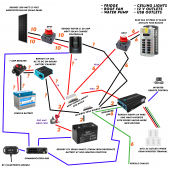Dustmopper
New Member
- Joined
- Sep 1, 2022
- Messages
- 12
I'm 90% sure that I have everything I need but I would like an expert second opinion to fill in the blanks and answer a few questions. Here is a diagram of the system I plan on putting into a small van (Nissan NV200).
I am looking for someone to fill in the needed breakers, fuses, bus bars and appropriately sized wires.
This system is very similar to the 400 Watt diagram already on this website.
I also have a few general questions:
I don't expect my AC demand to be too high, I'm not living in this full time. Also, I would like to put in the Renogy Shunt as a battery monitor. I expect that the majority of my battery charging needs will come off of the alternator and not from solar, I will be doing more driving than boondocking. I have experience wiring AC outlets and breakers. However, DC is completely new to me and I want to double check the wire and breaker sizing. I do not have the van yet so I cannot give you information on the vehicle battery or alternator.
You can see that I have chosen Renogy for all this, I just figured it would be easier to get everything from one place. If you have better suggestions please let me know. I saw that their inverters are not highly recommended on this website but I wanted one with an AC Terminal so I can wire up a few GFCI outlets.
If someone with experience wiring mobile systems like this feels like they can fill in the blanks on my diagram and answer some questions please send me a quote to do so. I strategically left room on the image for breakers, fuses, wires, bus bars, etc.
Thanks!
I am looking for someone to fill in the needed breakers, fuses, bus bars and appropriately sized wires.
This system is very similar to the 400 Watt diagram already on this website.
I also have a few general questions:
- Unfortunately I only have room for one solar panel, is a 200 Watt enough for a 12V 100AH battery?
- Is the 30A DC-DC Battery Charger big enough with only a 200W solar panel and the vehicle battery or should I upgrade to the 50A?
- Is a 12V 100AH battery powerful enough to run a 2000W inverter? I can downgrade to the 1000W inverter if necessary.
I don't expect my AC demand to be too high, I'm not living in this full time. Also, I would like to put in the Renogy Shunt as a battery monitor. I expect that the majority of my battery charging needs will come off of the alternator and not from solar, I will be doing more driving than boondocking. I have experience wiring AC outlets and breakers. However, DC is completely new to me and I want to double check the wire and breaker sizing. I do not have the van yet so I cannot give you information on the vehicle battery or alternator.
You can see that I have chosen Renogy for all this, I just figured it would be easier to get everything from one place. If you have better suggestions please let me know. I saw that their inverters are not highly recommended on this website but I wanted one with an AC Terminal so I can wire up a few GFCI outlets.
If someone with experience wiring mobile systems like this feels like they can fill in the blanks on my diagram and answer some questions please send me a quote to do so. I strategically left room on the image for breakers, fuses, wires, bus bars, etc.
Thanks!



